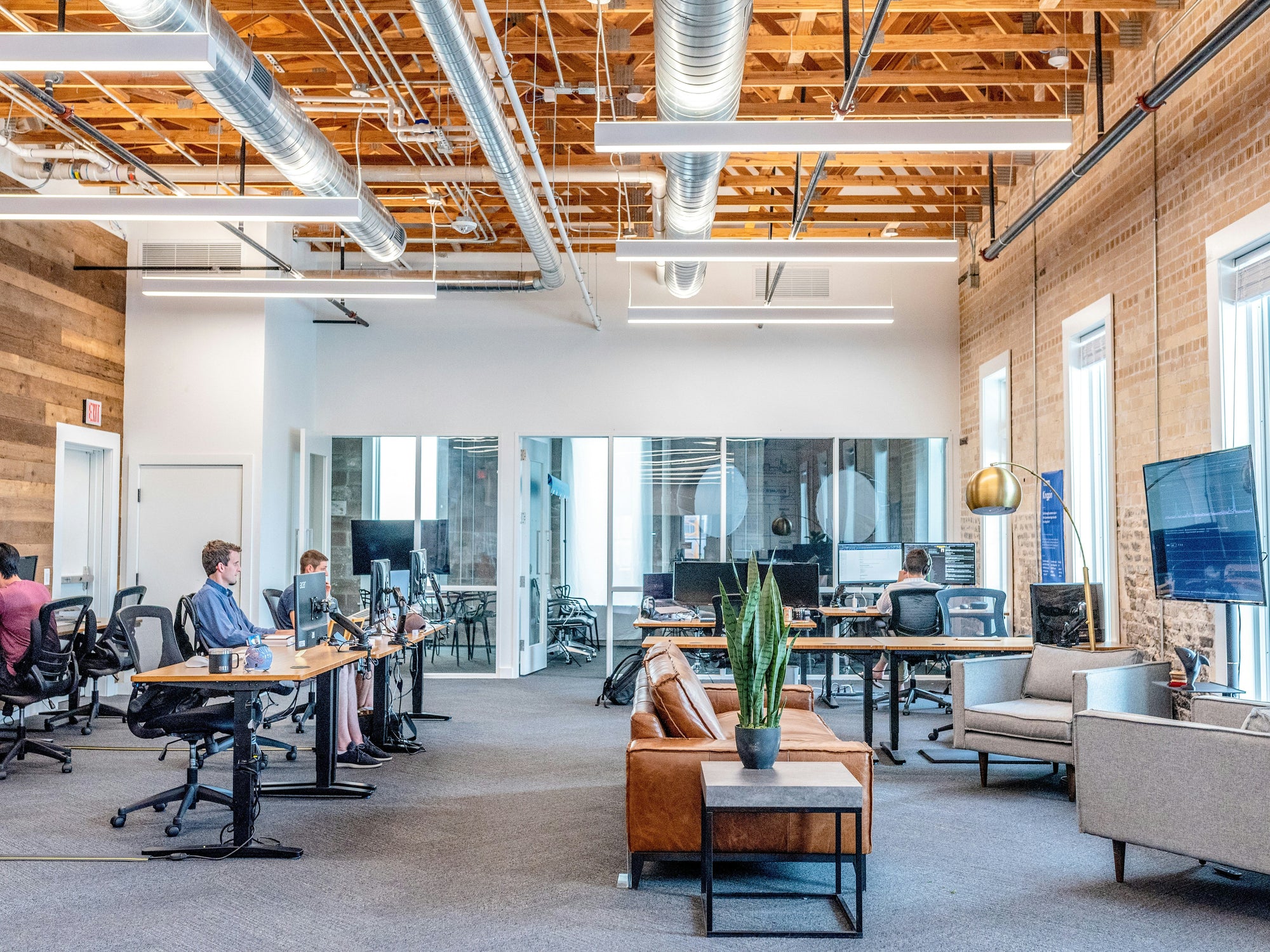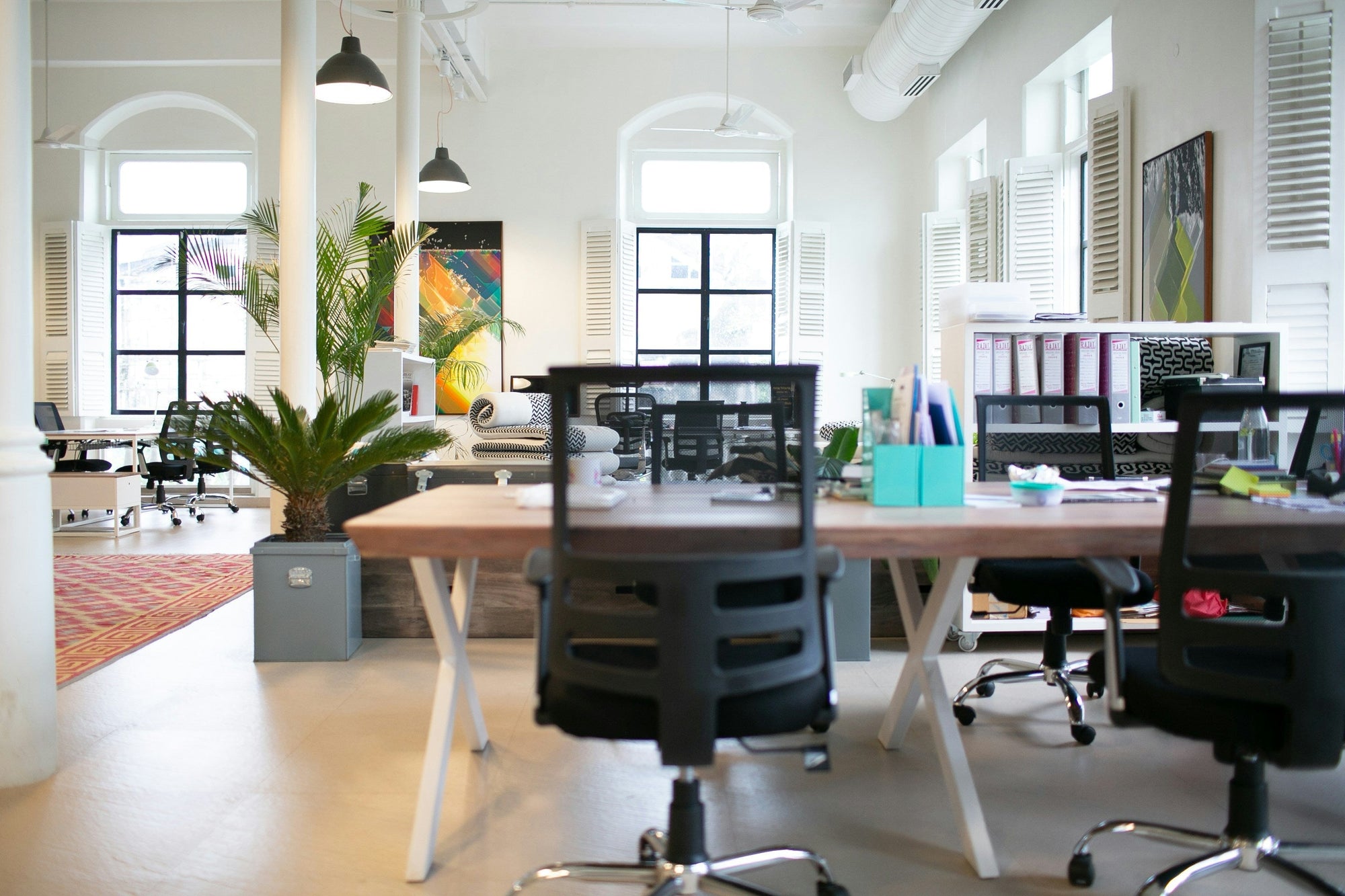Office furniture serves several essential purposes in a workspace, contributing to functionality, comfort, organization, and aesthetic appeal. Here’s an overview of what office furniture is used for:
Purposes of Office Furniture
-
Workspaces and Desks:
- Individual Workstations: Office desks and workstations provide dedicated spaces for employees to perform tasks, organize materials, and use technology such as computers and telephones.
-
Collaborative Areas: Tables and desks facilitate teamwork, group discussions, and project collaboration among employees.
-
Seating Solutions:
- Task Chairs: Ergonomic chairs support proper posture and comfort during extended periods of desk work.
- Conference Chairs: Comfortable seating for meetings, presentations, and discussions in conference rooms or collaborative spaces.
-
Visitor Chairs: Reception and waiting areas are furnished with chairs for guests and visitors.
-
Storage and Organization:
- Filing Cabinets: Store documents, files, and office supplies in an organized manner, ensuring easy access and security.
- Bookcases and Shelving: Display books, binders, and decorative items while maximizing vertical space in offices and meeting rooms.
-
Storage Cabinets: Securely store office equipment, supplies, and personal belongings to maintain a clutter-free workspace.
-
Meeting and Collaboration:
- Conference Tables: Large tables provide ample space for meetings, presentations, and collaborative work sessions.
-
Whiteboards and Presentation Tools: Utilized for brainstorming, idea sharing, and visual communication during meetings and presentations.
-
Reception and Lounge Areas:
- Reception Desks: Greet visitors and manage administrative tasks such as scheduling appointments and receiving deliveries.
-
Lounge Seating: Provide comfortable seating for informal meetings, breaks, and relaxation in office lounge areas.
-
Aesthetics and Branding:
- Office Décor: Furniture choices contribute to the overall ambiance and corporate identity of the workspace, reflecting company culture and values.
-
Interior Design: Selecting furniture that complements architecture, color schemes, and design elements enhances the visual appeal and functionality of office spaces.
-
Employee Well-Being and Productivity:
- Ergonomics: Properly designed furniture promotes employee health by reducing physical strain, discomfort, and the risk of musculoskeletal disorders.
- Comfort: Comfortable seating and well-designed workstations contribute to employee satisfaction, morale, and productivity.
Conclusion
Office furniture plays a crucial role in creating efficient, comfortable, and productive work environments. By providing functional workspaces, facilitating collaboration, enhancing organization, and contributing to the overall aesthetics of the office, furniture supports the daily operations and success of businesses while promoting employee well-being and satisfaction.







